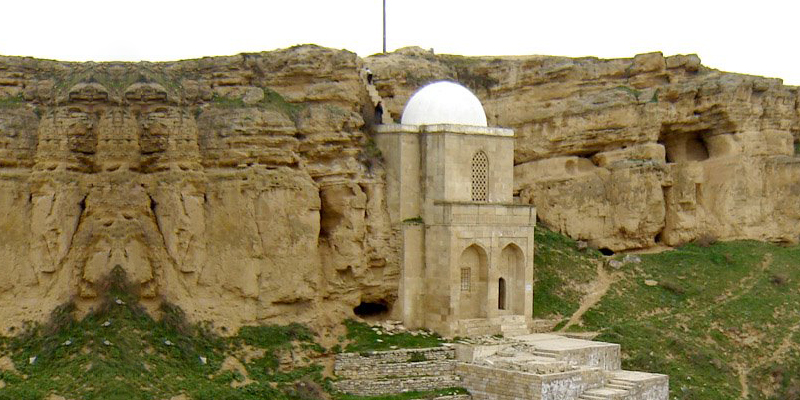
Azerbaijan, Land of Fire
How would a travel agent know that Azerbaijan is a great travel destination, unless they had already been there? How would they know if the guides are knowledgeable, if is there an infrastructure that supports tourism? How the food is? What it is actually like to BE there? These are the reasons that FAM –familiarization- trips exist within the travel industry. –And while these have not been my specific concerns as a journalist reporting on world music and culture, when Panorama Travel, a leading provider of such tours, extended an invite to visit Azerbaijan and Georgia, I accepted without hesitation. I could not resist the opportunity to visit countries I was so curious about. The Caucasus region, long isolated under the USSR, is a region known for its ethnic and linguistic diversity—and an abundance of cultural riches.
First off: Azerbaijan surprised me with its modernity. In fact it has a moniker as the “Dubai of the Caucasus.” It is exceptionally oil and natural gas rich (Marco Polo even commented on oil that gushed from the ground there) and was a pioneer in oil extraction as far back as 1871. The resulting largesse has resulted in a great deal of development and investment in infrastructure. This is no third world country. Azerbaijan Airlines is also no newcomer to the flight industry—it was a major internal cargo carrier during the Soviet era. Since independence, the purchase of new Airbus and Boeing aircraft has transformed its fleet from one hauling goods to pampering its first class passengers. Tourism is a big part of the economy, and all the hotels and resorts we visited –beginning with the impressive Fairmont, in Baku, to the various Qafqaz hotels in the ski areas were full service luxury facilities, with huge swimming pools, (sometimes more than one!) impressive spas, lounges and first rate food. The rooms were plush, with sweeping views that had me keeping my curtains open at all times.
Despite the aggressive modernization that is so prevalent, the good news is that Azerbaijan’s culture and traditions are still intact, albeit molded by its turbulent geopolitical history. Hence the influence of Persia, Turkey and Russia are apparent. And like other post Soviet nations, its monuments and historic sites are surprisingly accessible. One rarely finds a barrier to an entrance, and how often does one get close enough to touch a petroglyph? I found the people to be friendly and inquisitive, and the very low profile of alcohol culture to be refreshing. Young people still have a certain politesse and formality, instilled by their parents’ traditions.
Of course, I have to write something about the music! There is a real interest among young people in their musical heritage, which the government promotes vigorously. The courtly music repertoire of Maqam is learned in conservatory, and then expressed within western forms like jazz and classical orchestral, as well as traditional, with concerts given regularly. In fact, the music behind my video, by pianist Emil Mammadov is an excellent example of contemporary Azeri Maqam-based Jazz. And although the musicians that played for us in the restaurant are members of the Azerbaijan State Orchestra, in the video they are playing danceable folk music.
The three days we spent in Azerbaijan were intense, but I still came away with the feeling that there was much more to enjoy and experience. I am glad that I brought back a jar of exquisitely fragrant Azerbaijani honey purchased at a roadside stand. One taste brings back so many sweet memories!
My thanks to Kat Vallera of traveloni.com and Nadine Godwin for permitting me to use their photographs and for editorial input, and to Nargiz Abdullayeva, of the Ministry of Culture and Tourism of the Republic of Azerbaijan, for giving me her only copy of the excellent compilation “Musique Azerbaidjanaise: Jazz.” And a great big "Thank You!" to Vera Pearson of Panorama travel for her expertise and hard work putting the FAM tour together.